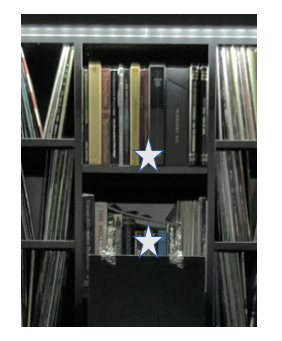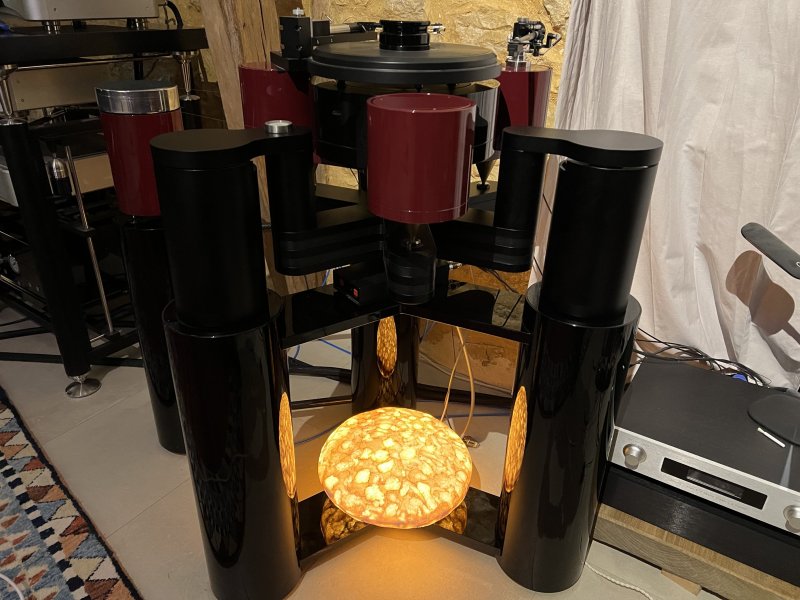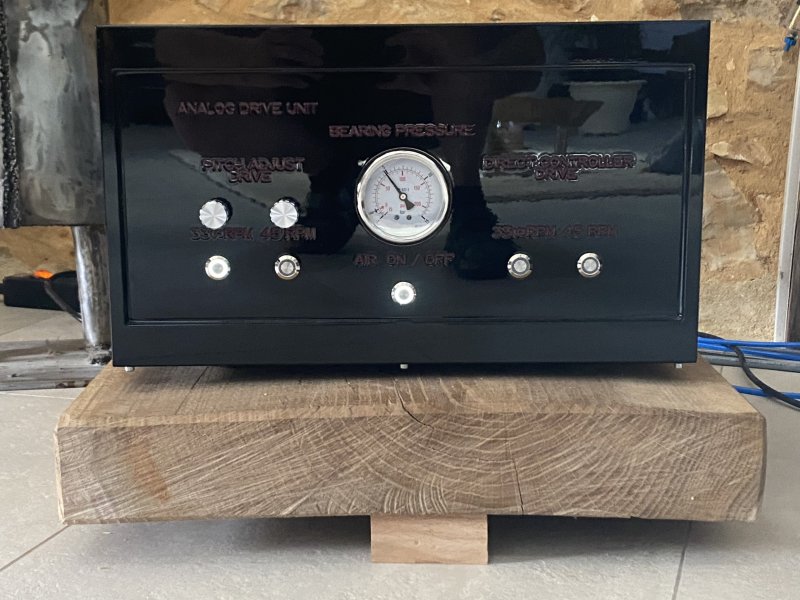I had a few emails exchange with Stephane that I was allowed to share on the forum, he is a very nice guy and was so kind and patient with me. I’m glad to copy here below what he wrote to me because can be useful for other member to better understand his story and the professional effort in developing his product.
I asked him to elaborate how B2s works and this is his answer
—————-
As I know you are posting on the WBF I will try to explain my work to the other members of the forum too. I know that I have customers that want to understand the B2. Sorry to be long here but it’s complicated to summarize more than 20 years of research.
I am in the HiFi business since 2002. In 2000 I left a comfortable job in the industry to follow my passion for HiFi. I am an electronic engineer specialized in analog circuits and sensor. I am not a digital guy and I am very curious of the vast number of physical things we still don’t understand. When I started what will become Neodio, I was thinking that the quality of sound was a question of measurable things and I designed an amplifier with a special focus on Electro Magnetic Compatibility and performances. At that time I thought the non-musical behavior of some amplifiers was the result of bad electronic designs.
So In 2000 I was designing my first commercial amplifier, the Neodio Model 100. I had already designed 2 prototypes since 1988 and I was confident in the path to follow. After all I had already designed more complicated things such as integrated circuits for sensors. This development became much more tricky than I had thought not because of the electrical behavior of the amp but because of the non-correlation between the quality of the circuit and the quality of sound that I perceived. “Little” problems appeared that had no explanations. An example? When I mounted the toroidal transformer with the washers, the bolt and the screw, the sound quality dropped by let’s say 20% or more.
Another example : after some modifications, I was able to reach a fantastic quality and thought the job was done. The day after, this fantastic sound had vanished! I began to understand there was something that was evolving and changing over time and that the quality stability was a major challenge. In 2001 I had the pleasure to meet a researcher at the national french electricity company (EDF). Strangely, he was working on this subject. His name is Pierre Johannet. He explained me that what I was living was normal and most audio designers had to deal with such problems. He had a very interesting theory called MDI for “micro décharges d’interface”. This meeting changed my vision of the problem. He designed his own solutions that led to cable prototypes and the” ionostat” but those devices were very difficult to manufacture and impossible for me to understand. Pierre Johannet was a pioneer but I had the feeling he was losing himself in a too complicated theory with too many hidden zones. Another person to quote here is Peter Belt in the UK that is probably the first to have understood that there were strange things in our hobby. This gentleman’s work was based on Ruppert Sheldrake theories such as the morphogenetic fields. Very interesting but too far from my engineer approach. I still believe in science and measurements but my point of view now is larger than it used to be. Those people have open doors on the complexity of nature, even in a “low tech” area such as music reproduction…
So I started to do experiments by myself to understand the nature of this phenomenon. I took me 15 years, after thousands of experiments on accessories, cables, electronic components to figure out was it certainly was. This permanent research led to what I call the HIFI ANOMALY. Some examples :
- Cables, including power cables have a huge impact on sound. They should not make any difference if we look at the electricity rules. Explanations given by the majority of manufacturers are poetry at the best.
- There is very little correlation between what we hear and what we measure, except for speakers where the correlation exists but is not sufficient to explain everything.
- The quality of sound is not constant over time. It is different in the morning and the evening. It is different from day to day. There are good days and bad days.
- All components of our so loved chains seem to have an impact on the quality of sound. That includes electronic components in speakers, amplifiers, digital sources, the cables, the racks, the furniture…
I asked myself for many years what was the link between all these observations. The life of an audio designer like me is full of baffling moments where we doubt of knowing anything about sound reproduction. But there are also moments when we understand something that open doors and for me that was in 2015. One day I understood that the only link between all the observations made was the air itself. Music reproduction is just moving air in a very specific way. All components of my room, including me are in the air, no? Is air a so simple medium? What does it contain? What if the cables of my system had an interaction with the air itself, but not in a classical acoustic way? That led to another phase of intensive research for me that brought me close to nervous breakdown. I understood that the water molecule certainly was the culprit. At one moment I had spent a lot of time and energy and had no solution in hand. So I decided to improve my already existing B1 with my new approach. I had learned a few things about the way water molecules interact with themselves. They have a tendency to glue to each other (hydrogen bonds) and so there is no single water molecule in our environment. There are everywhere : in the air, in our bodies, in hygroscopic materials such as wood, natural fibers and on non-hygroscopic materials such as metals, glass, ceramics. In this case, water molecules are adsorbed (adsorbed not absorbed) on surfaces. They are all linked and they interact with the sound. Among all those molecules, some are on the diaphragms of our speaker drivers. What if they are moving, like a noise that does not create acoustic pressure? What could be the result of a shaken layer of molecules on the diaphragm if this this diaphragm is supposed to give motion to the surrounding air? Think of billiards, football, tennis. If you hit something with a ball and with an effect you can have strange trajectories. Maybe the problem is that we have eluded the fact that the movement of the speaker membrane does not imply that the movement of air will be the same. And what about the cables and the rest of the system? If all water molecules are linked, it means that what happens on every object can have an impact on this ”noiseless noise” on membranes.
The B2 acts as a damper that reduces the vibrations of the water molecules in its environment. There are water molecules inside it that are protected from sound and electro-magnetic fields (I forgot to tell you that water molecules are polar, they orient themselves in an electric field). By applying B2’s at different places you can have improvements in the sound quality because they act on what I call now the “water molecular field” (WMF? Let’s try this acronym - we will see if it works).
Just to finish now, maybe one day, all serious music reproduction systems will be so good that audiophiles will be completely satisfied with their stuff. Music deserves all our efforts!
Best regards,
Stéphane Even




